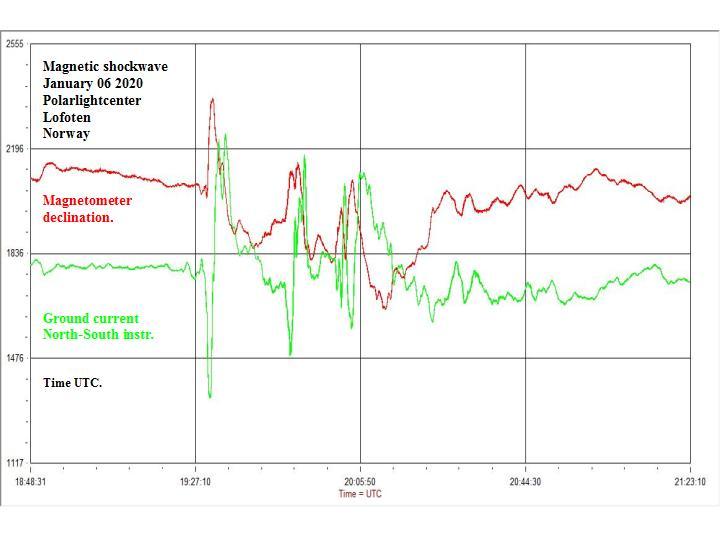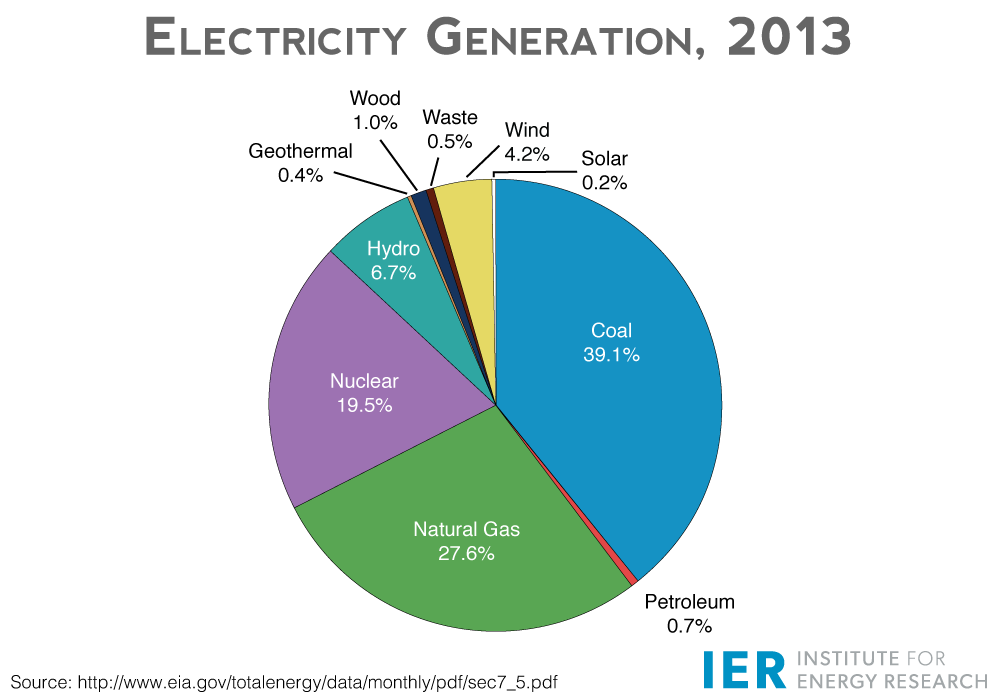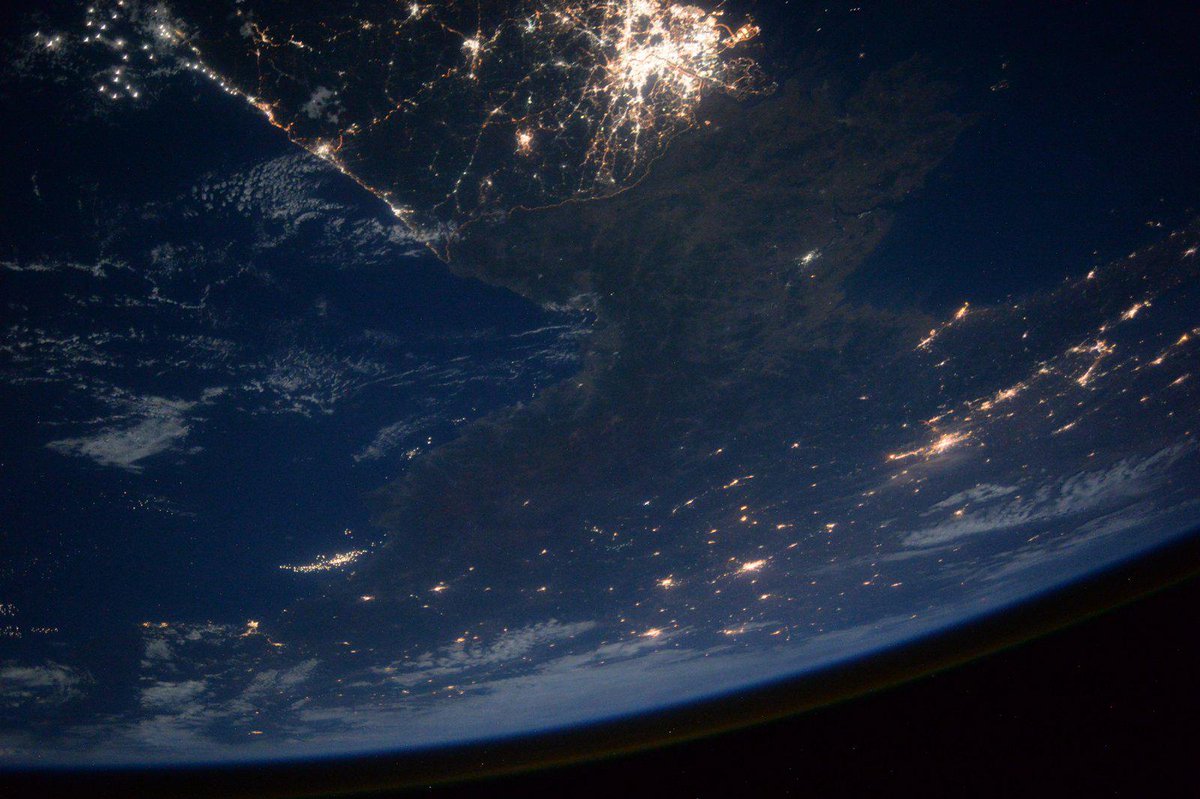Sometimes I think Obama and his minions purposely want to destroy our economy, based upon the ridiculous and utterly disastrous belief they can control everything and everyone. They believe they are smarter than everyone else. They believe they can solve all the problems in the world with thousands of pages of regulations enforced by clueless government drones working in a vast bureaucracy in Washington DC. The hubris and arrogance of these people is beyond the pale. Over 40% of our electricity in this country is produced by burning coal. We have the largest supply of coal on the planet. The shale oil and shale gas miracle is a fraud. This past winter revealed the downside of natural gas storage and supply. Obama and his minions won’t be satisfied until there are blackouts and rationing of electricity. This boob and the boobs surrounding him actually believe the rest of the world will follow his lead if he just unilaterally imposes massive restrictions on the use of coal. I’m sure China, Russia, and India can’t wait to follow Obama down this path to a cleaner planet.
Meanwhile Boobus Americanus stares at their iGadgets, HDTVs, and computers, powered by electicity, while agreeing with Obama’s plan to kill coal. And so it goes.

New EPA rules could burn coal state Democrats
Administration said to be seeking 30 percent emissions cut by 2030
By S.A. Miller
The Washington Times
It’s not just electric companies and coal miners bracing for the Obama administration’s announcement Monday of tough rules to reduce greenhouse gas emissions from America’s roughly 600 coal-fired power plants, rules designed to cut U.S. power plant emissions by nearly a third in the next 15 years.
Democratic candidates and the party’s campaign organizations have positioned themselves carefully in anticipation of more stringent emissions standards that will thrill the party’s environmentalist base but cause political headaches for Democrats facing tough challenges in states that produce coal or rely heavily on coal to generate electricity.
About 40 percent of electricity in the U.S. comes from coal-fired power plants, considered to be the nation’s top source of carbon dioxide pollution. Leaked details of the plan suggest Mr. Obama will set a goal to cut greenhouse gas emissions from the nation’s power plants by 30 percent by the year 2030, preventing an estimated 650 million tons of carbon dioxide from power plants.
Coal-fueled plants will face the toughest challenge to meet the president’s centerpiece goal.
The Environmental Protection Agency regulations, which industry insiders expect to be hundreds of pages long, likely will be Mr. Obama’s strongest effort yet to tackle climate change.
The executive action, however, will expose some Democrats to charges that they are complicit in what critics call Mr. Obama’s “war on coal,” including candidates in several states whose fates will determine whether Democrats can retain majority control of the Senate after November elections.
The National Republican Senatorial Committee, which oversees the GOP’s Senate races, drove home the point in a blog post last week: “Senate battleground states are largely coal-intensive states, which makes President Obama’s upcoming EPA announcement even more important. These states will be particularly hard hit by the rate spike that will come from the Obama administration’s cap-and-trade fiat.”
In West Virginia, where coal is king, Senate candidate Natalie E. Tennant, a Democrat, quickly turned on Mr. Obama when asked about the regulations. Ms. Tennant trails in polls in a race against Republican nominee Rep. Shelley Moore Capito for the seat of retiring Sen. John D. Rockefeller IV, a Democrat.
“I am pro-coal, and I am pro-coal miner. I will fight President Obama, the EPA, the Senate and anyone else who tries to undermine our coal jobs,” said Ms. Tennant, the West Virginia secretary of state.
Sen. Kay R. Hagan of North Carolina, one of the most endangered Democrats this election year, also will have to handle the issue carefully. Her state relies on coal plants for about 38 percent of its electricity.
Ms. Hagan sent a letter late last month to EPA Administrator Gina McCarthy that begged her to delay the regulations. Ms. Hagan weathered criticism days earlier from Republican rival Thom Tillis for not joining a bipartisan group of senators who asked the EPA for a similar delay.
In Kentucky, the nation’s third-largest producer of coal, Democratic candidate Alison Lundergan Grimes has struggled to distance herself from Mr. Obama’s energy and climate change policies as she seeks to unseat Senate Minority Leader Mitch McConnell. Kentucky obtains more than 90 percent of its power from coal-fired plants, according to the U.S. Energy Information Administration, and Mr. Obama is deeply unpopular in the state.
The McConnell campaign hit Ms. Grimes, Kentucky’s secretary of state, early on for backing the “war on coal.”
Her weakness among Kentucky coal voters was evident in the May 20 primary election, when she lost a substantial share of the vote to underfunded opponents in 21 counties, nearly all of which depend on the coal industry.
The EPA regulations also will fuel Republicans’ attacks against vulnerable Democrats in other energy-producing states, including Sen. Mary L. Landrieu in Louisiana, Sen. Mark L. Pryor in Arkansas and Sen. Mark Begich in Alaska.
Although their states could benefit from an increase in the use of natural gas as coal is phased out under the new emissions standards, they will have to fend off criticism from Republican rivals that the Obama administration’s EPA is hostile to energy and business interests.
The coal debate also will reverberate across the campaign trail for Rep. Nick J. Rahall II, West Virginia Democrat, who has had to deal with the fallout from Mr. Obama’s energy policies as he tackles one of the toughest races of his nearly 40-year career.
The EPA rules also threaten to step on Democrats’ national campaign message that focuses on jobs and the economy.
Providing fodder for the EPA’s critics, a U.S. Chamber of Commerce study released last week calculated that the emissions reduction goals set by the Obama administration would reduce the nation’s gross domestic product by $51 billion a year, cost 224,000 jobs and increase American electricity bills by $289 billion from 2015 to 2030. EPA officials have disputed the Chamber of Commerce estimates, and other critics note that the projected costs amount to only 0.003 percent of a $17 trillion economy.
The coal industry lobby also warns that an increased reliance on natural gas will result in unreliable electric supplies and mass blackouts.
“This administration has largely turned a deaf ear to those states that are most affected,” said Laura Sheehan, senior vice president of communications at the American Coalition for Clean Coal Electricity, an industry lobbying firm. “Their goal is to bring about the end of coal-based electricity in the United States.”
In response to questions about the administration’s climate change agenda, Democratic Congressional Campaign Committee spokesman Josh Schwerin stuck to the party’s message.
“While every candidate runs with their own message in their own district, Democrats across the country are focused on strengthening the economy by creating good jobs, supporting equal pay for women, investing in infrastructure and putting the middle class ahead of special interests,” he said.
“As Democrats zero in on strengthening the economy for middle-class families, Republicans have abandoned any pretext whatsoever of caring about jobs or the economy and now have a singular focus on conspiracy theories and partisan political games. It’s abundantly clear to voters which party is focused on the economy and which one is focused on political gamesmanship,” Mr. Schwerin said.
Mr. Obama also has sided with environmentalists to the detriment of red state Democrats by repeatedly delaying a decision on whether to build the Keystone XL oil pipeline from Canada to the Gulf Coast in Texas.
Read more: http://www.washingtontimes.com/news/2014/jun/1/new-epa-rules-could-burn-coal-state-democrats/#ixzz33UH2UZ2f
Follow us: @washtimes on Twitter











 Scott Kelly
Scott Kelly
